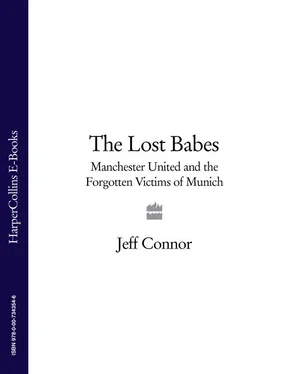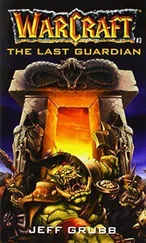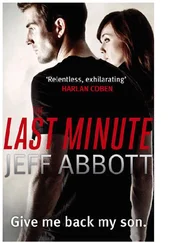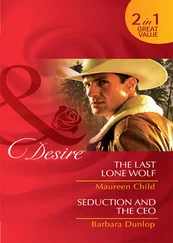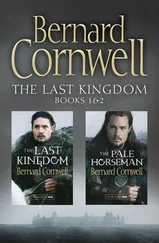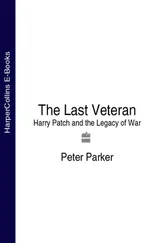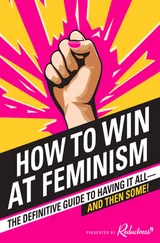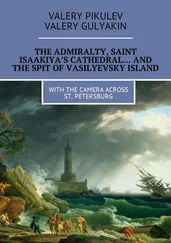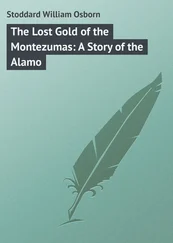Busby had begun to break up his first great side and replace it with an even greater one.
The definition of what constitutes a Busby Babe has always been loosely framed. The obituaries of Ray Wood and Johnny Berry, who made their United debuts in the early Fifties, invariably grouped them as Busby Babes, but in fact they were bought in by United, Wood from Darlington and Berry from Birmingham City.
‘Tommy Taylor was not a Babe, either,’ says John Doherty, a former United inside-forward who was certainly an original Babe. ‘You had to be born in Manchester, or reared by the club. Mark Jones was from Yorkshire, but he was a Babe; Jackie Blanchflower was Irish and he was a Babe. Jeff Whitefoot was a Babe and is still one of the youngest to play for United at sixteen. Him, Brian Birch, Bob Birkett, an outside right who played for England schoolboys, Mark Jones, they were really the first of them, Jackie Blanchflower, then Dave Pegg and me; Foulkesy [Bill Foulkes] the following year.
‘Matt and Jimmy were very choosy about who they brought in. I went to United in 1949 as a schoolboy. I was the last person ever signed by the famous Louis Rocca. I was born in Stretford, just behind the Gorsehill Hotel, and then we moved to Rackhouses. They came to my house in Baguley after they had seen me play for Manchester Boys and I was an illegal signing because I hadn’t finished school. Jeff Whitefoot was in the office and I joined him there, answering the phone, helping Les Olive with bits and pieces, training in the morning.’
By the end of 1952 the United system that had unearthed so much promising young talent was in danger of over-reaching itself. It was in a state close to overkill. The youngsters were queuing up for places and Busby and Murphy almost buried under an embarrassment of riches. The problem was, where to find them match practice. The Central League, patrolled in the main by gnarled, combative and finesse-free veterans only too happy to give callow youths a kicking they would never forget, was no place for fifteen or sixteen year olds, the reserve team a step too far. But then, the English Football Association came to the rescue.
The FA Youth Cup was the successor to the County Youth Championship, which had been set up at the end of the war as a means of regenerating lost English football talent. The competition, said the FA, would ‘give talented school leavers finding it hard to break immediately into senior football the ideal breeding ground for the footballers of the future’. It turned into something more than that for United.
The original competition had entries from some unmatchable, exotic cannon fodder, in particular Huntly and Palmers Biscuit Factory and Walthamstow Avenue, but at the business end most of the managers of the leading clubs recognized the worth of the Youth Cup and entered teams. Unfortunately for them, most of the country’s outstanding talent had already been cornered and United were to win the first five finals, played on a home and away basis, by almost embarrassing margins.
If Busby and Murphy found fulfilment in 9-3 aggregate wins over their supposedly main rivals Wolves in 1953 and an 8-2 dismissal of West Ham United over two legs four years later, Crickmer and the Old Trafford bean counters could rejoice, too, as the fans bought into this joyful peek into the club’s golden future.
Results like a 23-0 win over Walthamstow in the first season may have equated to a bunch of cruel boys pulling wings off flies, but with up to 25,000 at Old Trafford for the latter stages, the competition could be seen as a success for Manchester United in every possible way. The precocious skills on display were outrageous. The first overhead kick many of us had witnessed by any footballer was delivered by a blond-haired inside-forward in one Youth Cup game at Old Trafford and the daunting thought for most rival team managers was that this lavishly gifted sixteen year old was still two seasons away from a first-team debut. What is more, Bobby Charlton hadn’t cost the club of his choice a penny.
Today’s fans at Old Trafford speak in awed tones of the youth team of 1992 which contained Ryan Giggs, the two Nevilles, David Beckham, Paul Scholes and Nicky Butt, but supporters of an earlier vintage will happily cite the side of 1952-53 as their equals, if not betters: Clayton, Fulton, Kennedy, Colman, Cope, Edwards, McFarlane, Whelan, Doherty, Lewis, Pegg and Scanlon. All twelve played in the first team and all were sixteen or seventeen years old at the time. ‘You tell people that and they just look at you as if you’re barmy,’ says Doherty.
The Youth Cup certainly helped the learning process and when they did make the next step up Busby’s youngsters were ready. Jimmy Armfield, the former Blackpool and England player, and later Leeds manager and enduring media pundit, first saw the nucleus of the Babes when playing for Blackpool Reserves in the old Central League.
He recalls: ‘Bobby Charlton, Eddie Colman, David Pegg, Albert Scanlon, Mark Jones and Geoff Bent were all in the team, which shows how good they were at the time. United were attracting all the best schoolboys, but the thing that stuck most in my mind was the incredible crowd, around 26,000 at Old Trafford. Blackpool had a fair side and we always used to try and win the Central League but there wasn’t much chance with that sort of opposition.’
The Babes, according to Armfield, also represented something else. ‘It was an exciting time because we were all children of the war and you could feel the country reviving. They seemed to represent that revival with their youth and energy.’
For Albert Scanlon, the Fifties in Manchester and with United were the golden age in every way. There were the joys of a football adolescence on the field and just as many delights off it.
‘Old Trafford was like one happy family,’ he says. ‘Two ladies we called Omo and Daz, who were the mother and aunt of Ken Ramsden, used to do the laundry and the lads used to take all their clothes to them. “Go and tell Tommy Taylor his shirts are ready,” they would say.
‘Pre-season, the training was running, jumping, and the only ball we saw was a medicine ball. At training we played married men against single men and it was blood and thunder. Some lads wouldn’t want to stop, but Bill and Tom had to have their hour dinner.
‘Then the fog used to come on to The Cliff off the River Irwell and all you could see was this white ball. If it got too bad we played silly games, like hide and seek. Tommy Taylor, they could never find him, he was the world champion. No one knew where he was. Someone else once shinned up a flagpole. Another hid under a wheelbarrow. Here I was, little more than a schoolboy, hiding in a training ground lavatory cubicle while some of football’s biggest names tried to find me.’
Despite some of the more bizarre training regimes, Whalley, Inglis and Curry seemed to have hit on one essential for a teenager of any era: life had to be fun.
‘We were all big snooker players, and there was a table at Davyhulme golf club where we would spend the Fridays before a game,’ adds Scanlon. ‘We’d see three films a week, getting in free with the little red card of rules the club gave us. That was a passport to anywhere really. Bobby Charlton used to go to the News Theatre on Oxford Road where they showed cartoons.’
The metamorphosis from lark-happy children to serious and dedicated career opportunists on a football field came twice a week, often with a Wednesday fixture in the A team against local amateur sides and, perhaps, a Youth Cup game on a Saturday. The Babes’ precocity, however, did not go down too well with some of the other sides around at the time. Manchester United’s main rivals for honours in the mid-Fifties were Wolverhampton Wanderers, led by the elegant England captain Billy Wright and Bolton, who were, as now, the Old Trafford bogey team. Everyone feared their line-up of raw-boned Lancastrians with Fred Dibnah accents—‘when tha’s finished with him kick him over here’ their fearsome full-back Tommy Banks would enjoin his fellow Burnden Park enforcer Roy Hartle—but the disdain for golden youth was everywhere.
Читать дальше
